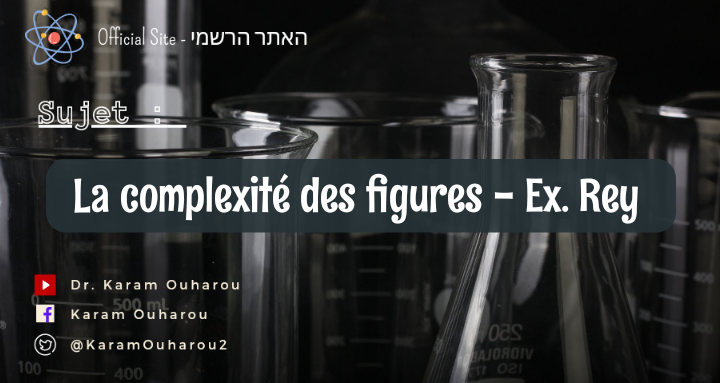Cosmic Chemistry Unveiled - The Genesis of Methyl Cations in Protoplanetary Disk Photochemistry
Forty years ago it was proposed that gas phase organic chemistry in the interstellar medium can be initiated by the methyl cation CH3+ (1–3), but hitherto it has not been observed outside the Solar System (4, 5). Alternative routes involving processes on grain surfaces have been invoked (6, 7). Here we report JWST observations of CH+3CH3+ in a protoplanetary disk in the Orion star forming region. We find that gas-phase organic chemistry is activated by UV irradiation.
Introduction:
In the realm of cosmic evolution, protoplanetary disks serve as the cradles of new star systems and planetary bodies. These disks, composed of gas and dust, harbor an intricate web of chemical reactions that sculpt the materials essential for planet formation. Among the diverse array of chemical species within these disks, the methyl cation (CH3+) stands out as a key molecular fragment. Recent research has shed light on the intriguing formation of the methyl cation through photochemistry within protoplanetary disks, opening new avenues for understanding the complex chemistry underlying planetary birth.
A groundbreaking study titled "Formation of the Methyl Cation by Photochemistry in a Protoplanetary Disk" delves into the mechanisms responsible for generating CH3+ within these cosmic nurseries. While the methyl cation has been detected previously in various interstellar environments, its origins within protoplanetary disks remained enigmatic until now.
Understanding the formation of the methyl cation has profound implications for our comprehension of planetary system development. The methyl cation serves as a vital building block for larger and more complex molecules, including those that contribute to the synthesis of organic compounds essential for life. Therefore, deciphering its origins helps us grasp the fundamental chemistry that underpins the emergence of habitable worlds.
Furthermore, the research sheds light on the broader interplay between radiation, chemistry, and physical processes within protoplanetary disks. These insights not only aid in refining our models of planet formation but also provide a deeper understanding of the diversity of molecular species that can emerge within these dynamic environments.
As technology and observation techniques continue to advance, further research will likely expand upon the findings of this study. Researchers may delve deeper into the role of different wavelengths of radiation, the influence of varying disk compositions, and the potential implications of these discoveries for other interstellar environments.
The research investigating the formation of the methyl cation through photochemistry within protoplanetary disks marks a significant milestone in our journey to unravel the cosmic tapestry of planetary birth. By uncovering the mechanisms behind the creation of this fundamental molecule, scientists have illuminated the intricate interplay between radiation and chemistry within the crucible of protostellar evolution. As our understanding of these processes deepens, we inch closer to comprehending the remarkable origins of the planets, moons, and celestial bodies that populate our universe.


Comments